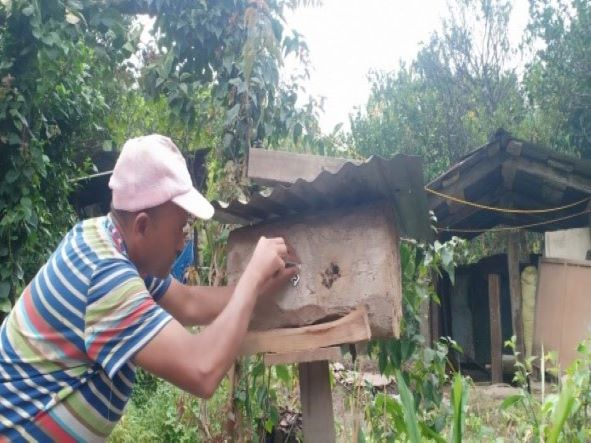Honey yield evaluation from the traditional and modern moveable frame hives
Keywords:
Apis cerena, honey yield, modern frame hive, traditional hiveAbstract
The study was conducted to evaluate the honey yield from Apis cerana bees reared in traditional and modern moveable frame hives managed by the beekeeping farmers in Samtse, Chukha, Sarpang, Dagana and Tsirang districts. In total 70 beekeeping households owning 200 bee colonies - 100 traditional and 100 modern moveable frame hives were identified for the qualitative and quantitative data collection. Out of 200 identified hives 100 colonies had absconded from the hives while the remaining 100 colonies comprising of 50 traditional and 50 modern moveable frame hives were available for data collection. A structured questionnaire was used for household data collection. The data for the honey yield from the identified hives were measured and recorded by the field extension agents and farmers in the respective locations. The honey yield data were collected for two seasons - autumn in 2019 and spring in 2020. The mean annual honey yield from modern moveable frame hives were significantly higher (6.2 ± 1.3 kg) than from the traditional hives (4.6 ± 1.3 kg). Annual honey yield is significantly affected by the interactions of hive types (p = 0.000) and the locations (p = 0.049). There was a significant interaction effect (p = 0.034) of the type of hive, place and season on annual honey yield in the study areas. The study concluded that modern moveable frame hives yield more honey than the traditional hive under Bhutanese conditions. Thus, beekeeping, using modern moveable frame hives has the potential to be promoted across the country to increase honey yields and enhance rural livelihoods.

Downloads
Published
License
Copyright (c) 2022 Bhutan Journal of Animal Science

This work is licensed under a Creative Commons Attribution 4.0 International License.





